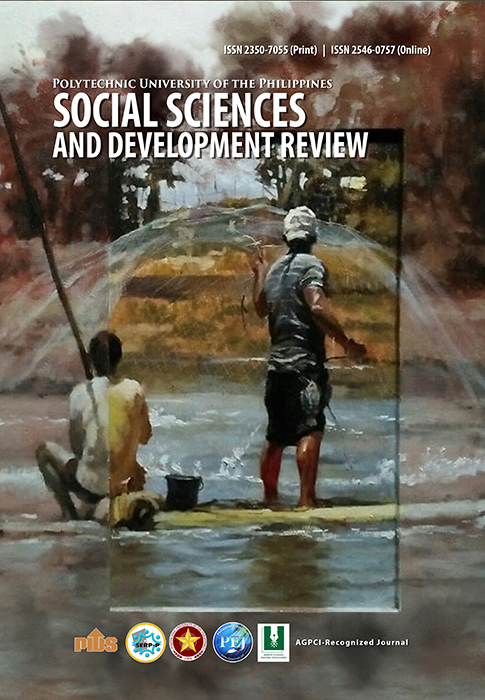Reaching the Marginalized: Do Education Expenditure and Other Indicators AlleviatePoverty in the Philippines
DOI:
https://doi.org/10.70922/r9ejvh30Keywords:
Business Confidence, Education Expenditure, Government Expenditure, Unemployment, PovertyAbstract
This study examines if government expenditure and other indicators alleviate poverty in the Philippines. This study employs time series data of unemployment rate, business confidence, and education expenditures from 2001-2022, making it to 21 observations. In this paper, several tests are used, namely Augmented Dickey-Fuller (ADF) for stationarity, Breusch Godfrey Serial Correlation LM Test, Variance Inflation Factor (VIF) for autocorrelation and multicollinearity. The Johansen Cointegration and the Pairwise Granger Causality Test were also performed to find out if there is a long-run relationship and causality between the variables. The results reveal that there is a long-run relationship and bidirectional causality between unemployment and poverty, also there is a longrun relationship but unidirectional causality between business confidence and poverty, while the education expenditures and poverty show no long-run relationship under the Johansen cointegration test and no causality under the Granger causality test. The findings suggest that policymakers should provide more job opportunities, enhance support for entrepreneurship, and allocate budgets for education properly to enhance the quality of education and ensure access for all.
Downloads
Downloads
Published
Issue
Section
License
Copyright (c) 2025 Sofia Mae O. Nuñez, Reign Christine M. Aguado, Jaira Mei B. Barua, Charisse Mae O. Capariño (Author)

This work is licensed under a Creative Commons Attribution-NonCommercial 4.0 International License.
Articles published in the SOCIAL SCIENCES AND DEVELOPMENT REVIEW will be Open-Access articles distributed under the terms and conditions of the Creative Commons Attribution-Noncommercial 4.0 International (CC BY-NC 4.0). This allows for immediate free access to the work and permits any user to read, download, copy, distribute, print, search, or link to the full texts of articles, crawl them for indexing, pass them as data to software, or use them for any other lawful purpose.


